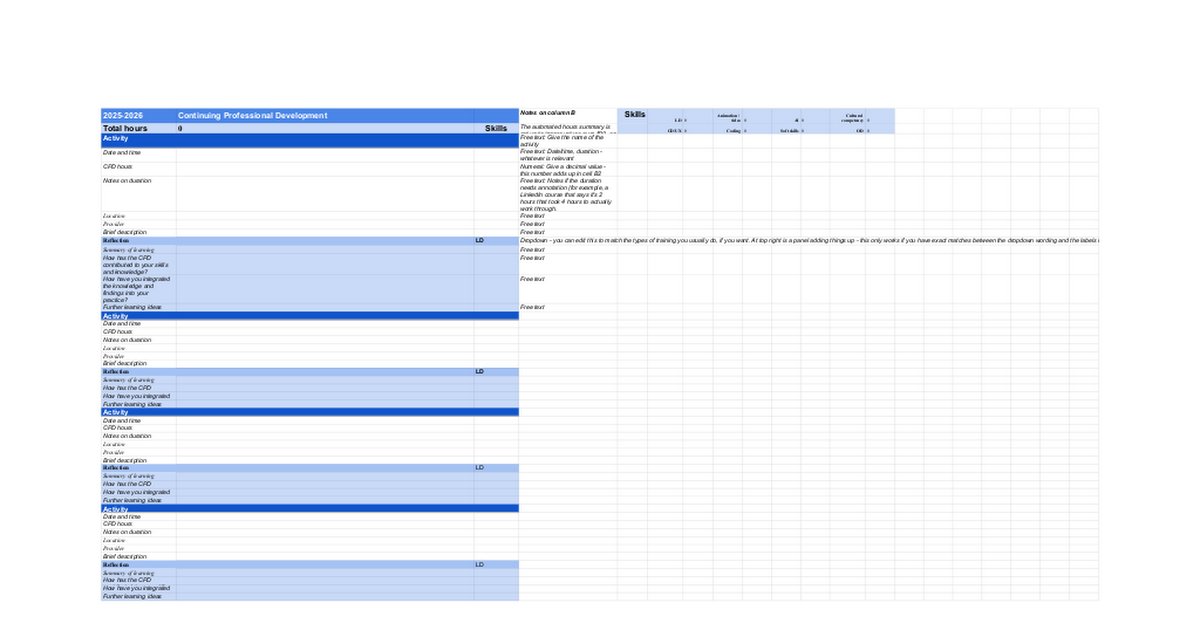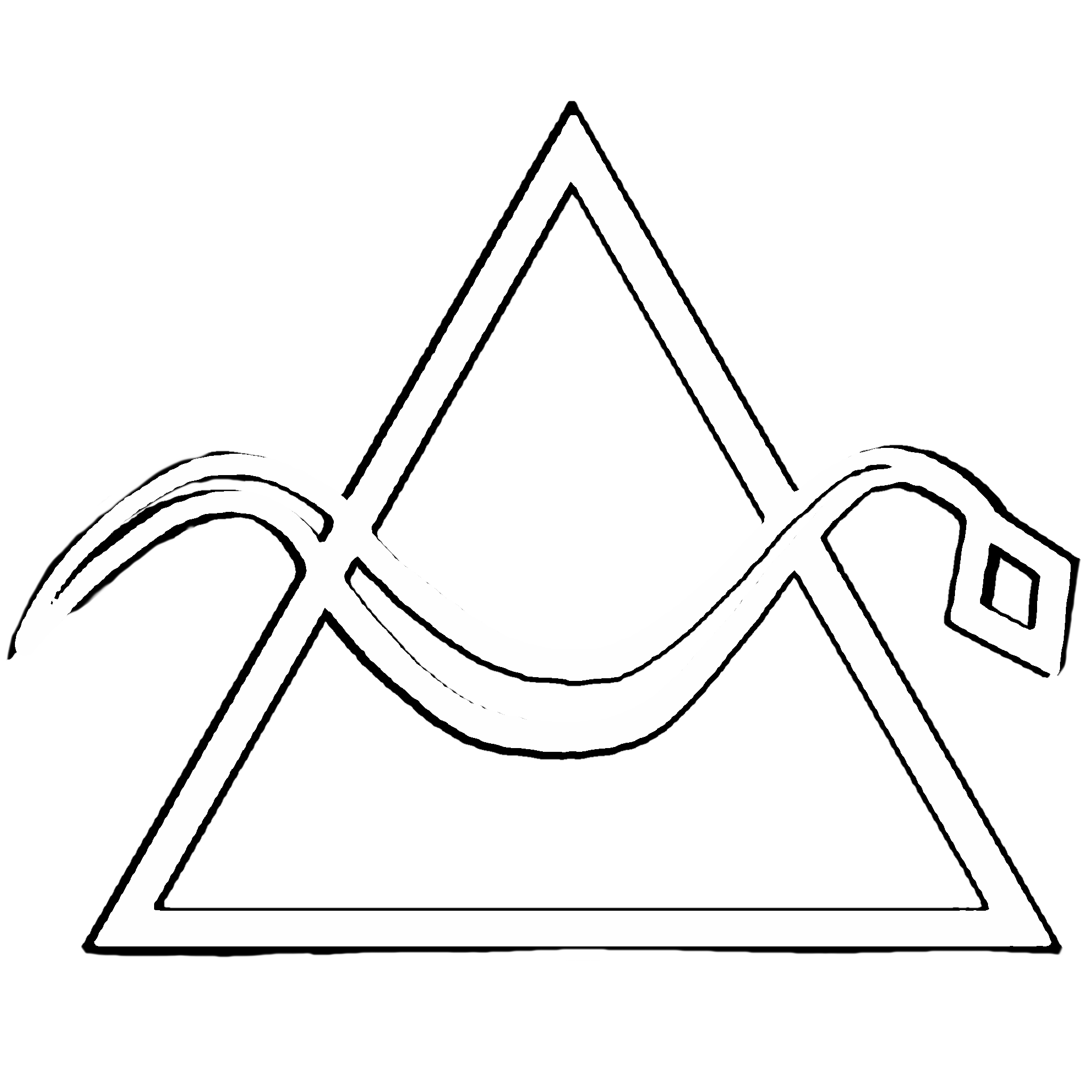NZATD professional membership
Every part of this process was worth it for me.

Late last year I went through the process to get my professional membership of the New Zealand Association for Training and Development (NZATD).
Being a member of NZATD means paying an annual membership fee and agreeing to abide by the association’s rules and professional code of conduct.
Becoming a professional member takes quite a bit more. You have to show evidence that you’ve been involved in learning and development as a professional for at least three of the last four years, complete 20 hours of continuing professional development (CPD) every two years, find four referees who will vouch for your professional skills, and pass a panel assessment of a portfolio showing practice and theoretical understanding at the level of a tertiary certificate.
Professional members get to put letters after their name: PNZATD.
Why was I interested?
I have been working in education one way or another for over 30 years, and exclusively in learning and development for 20. However, I have no formal qualifications in education beyond a couple of university papers from my undergraduate degree.
Most of my understanding of educational theory is based on my time working as an editor in my 20s, working at Learning Media Limited and New Zealand Council for Educational Research. I copy-edited professional development for teachers: guides to early literacy and numeracy, the journals set: Research Information for Teachers, and more. I learned a huge amount, reading and reading as I edited the latest research and best-practice advice. I’ve kept up by reading and through learning on the job.
It seemed as though getting a professional membership would be a good way to benchmark my practice as well as an opportunity to reflect. And I had just done my Tōtara Site Administrator certification, which takes about 40 hours, so the CPD was unusually easy to show evidence of.
So I started putting together a portfolio.
It’s harder to do than you might think. Or than I thought at first. What does a portfolio look like that shows evidence of being able to ‘discuss how adults learn’, for example? None of my actual work shows evidence of this. It’s designed to work well for adult learners, but it doesn’t have me in there demonstrating my skills at ‘discussing’.
I wrote an essay, covering all the things in NZATD’s competency framework that were hard to find direct evidence of, and put together a smaller portfolio of my work that did show evidence of the other competencies.
It was a big piece of work. I made it smaller, by talking to my phone on voice-memo mode, recording examples and evidence, and then tidying up the transcript.
But I still had to find examples of approximately 30 competencies in my work, and then track down four people (two learners) who would each write a reference for me. I find asking people for references very embarrassing: it puts them under pressure to say yes, no matter how low-key I make the request.
The portfolio took me several weeks of effort in my spare time. I ended up asking two ex-junior colleagues for references as learners, and a long-term client and my current manager for the other two. They were all extremely kind about it.
What did I get out of it?
Other than the letters after my name? (Turns out I really like having letters to put after my name. Maire Smith PNZATD.)
Thinking about my work
The reflection and systematic reviews I had to do of my work to find evidence for the competencies was really good for helping me think about what I believe about my work. What do I stand for? What do I think ‘good’ is? What am I proud of, and what would I do differently if I could do it again?
Reading what people say about me
I may never get over reading the references that I was given. I found them extremely moving. People who I value and trust wrote things about my work that I did not know I do, and they were good things. It was amazing.
The knowledge that my portfolio was reviewed and approved by a panel of senior learning and development professionals, and getting feedback from them, was also extremely validating.
CPD log
And finally, the CPD log, which I thought I could skate through? I got really interested.
At the time, NZATD had no template for a log, and I’ve never been required to keep one, so I had to start from scratch. I looked up a nurse’s CPD log template on the internet and used it as a base. The template I was working with had required fields for both what I got from the learning activities and how I was going to use them.
I made a Google Sheets document and set up a CPD template. It was amazing how motivating filling it in was. And the thinking I had to do about what I would do with any training I did, and what the next steps would be, had me making more long-term plans for my own CPD than I’ve ever had.
Since I handed in the CPD log, I’ve been working on three fronts: reflective practice (my log, this blog and my LinkedIn posts of the last nine months), getting a better understanding of statistics and data science (because it turns out I’m really interested in evaluation), and learning more about the field of organisational development.
Keeping the log has shown me which topics I’m most interested in and given me the clarity to follow up on things, rather than flitting from topic to topic like a butterfly.
I’ve set up a template on Google Sheets, if you’d like to use it. I’d love feedback if you have any.

Was it worth the effort?
Absolutely.
Every part of this process was worth it for me. The log is so useful I’m still using it. I’ve made a template and shared it back with NZATD, hoping other members can get the benefit of it. The references have given me a confidence I haven’t had before. And the essay/portfolio combination made me really look at what I do in a way I’m still doing (again, see this blog).
If you’re a learning and development professional, I definitely recommend this process. It’s demanding enough to give you real insight into your practice. It’s got staying power, in requiring you to keep your CPD up to date. And it’s far from impossible. It took less than one month of my spare time.
Overall rating: well worth it.




